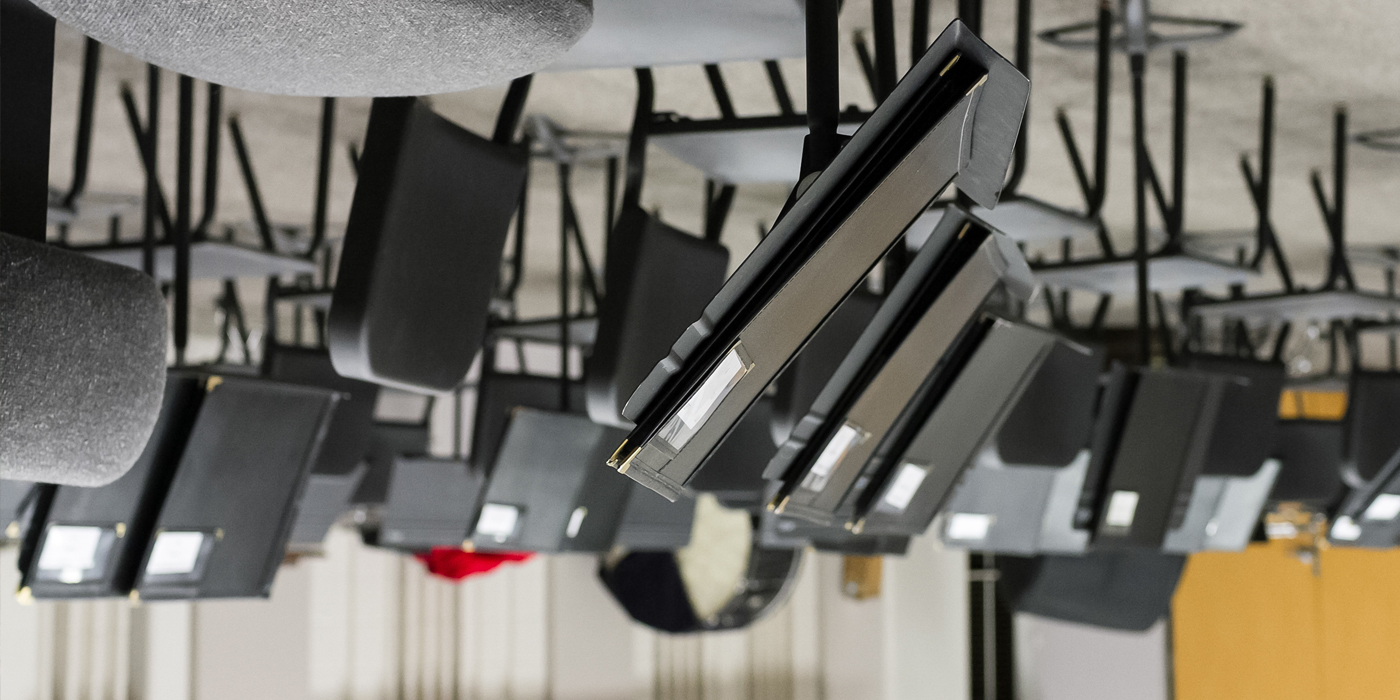
In the past ten years, flipping the classroom has taken the education world by storm. Music teachers, however, often feel left behind this wave of changes. As music educators know, the ensemble classroom is wildly different than other subjects. The combination of technical skills and artistic skills makes it hard to simply turn a lecture into a video.
Luckily, there are many ways to flip an ensemble classroom. Kathleen Melago discussed some of them in this excellent article here on the SmartMusic blog, but actually making a “flipped” lesson plan can take some getting used to. This article will focus on the changes you need to make to your lesson planning process if you want to flip your classroom.
The Flipped Classroom
A quick reminder: a flipped classroom is a pedagogical model that reverses the traditional “lecture at school, homework at home” approach. Indeed, in a flipped classroom model the homework is the lecture, and the typical homework becomes schoolwork. Students often watch video lectures at home, then come to school to discuss, analyze, and do activities to strengthen understanding. The main benefits of flipping the classroom include:
- Students can progress at their own pace, with time for reflection.
- Teachers can better address errors in class without sacrificing instructional time.
- Students are empowered with ownership of their own learning.
- Teachers become coaches instead of lecturers.
- Students are prepared to actively participate in class.
Notice that a simple practice log doesn’t really get at all of these benefits. Content is still distributed in class. Activities to reinforce that content are performed at home. Thus the “practice your part at home” option doesn’t truly flip the ensemble.
Distributing Content
How can ensemble directors distribute their teaching material to students outside of class? Step one is straightforward: supply students with reference recordings – good ones – of everything they’re going to play. Students can study these recordings at their own pace, play along with them, and complete assignments (like writing about their listening activities). Additional examples of content ideal for distribution outside of class include:
- Video lectures about the historical and stylistic context of a piece (required for many state standards)
- Recordings of student performances to promote self-assessment
- Music theory information (including aural and visual examples when learning new rhythms or theory concepts)
- Masterclasses with professionals on various instruments
Include details about how content will be distributed. What activities should students do at home to better understand the material? How are you distributing the content? Why did you choose this content?
One of the biggest advantages of flipping the classroom is that class time is no longer spent explaining – it’s spent doing. There are dozens of things that happen in the course of a rehearsal, besides notes and rhythms, that involve explaining. These things are perfect candidates for the flipped model.
Integrating With Class Activities
Arguably the most important thing to include on any flipped lesson plan is a specific approach for integrating the home content with the in-class activities. A smooth transition from the content students consume at home to the activities they do in class makes it easier to evaluate how successfully they learned the content and keeps kids engaged.
One way to integrate the class activities is to have students produce something as part of the at-home content, then share that product with their peers. Perhaps they wrote a reflection or took notes on a performance by a famous ensemble. Sharing that reflection with other students focuses their attention the work already done and provides a smooth transition to other rehearsal activities. Students can also produce recordings of themselves playing their instruments or original compositions to share with peers.
Another option for integrating at-home content with in-class activities is to specifically build on the learning objectives from the at-home work. If the learning objectives for home include verbs like “define” or “label,” elevate the activities in class by building them around objectives like “analyze” or “apply.”
Check for Understanding
Finally, be sure that the in-class portion of the lesson plan includes several different ways to check for understanding. Flipping the classroom doesn’t mean students aren’t evaluated. Nor does it mean that they don’t need to achieve mastery. The good news is that using the flipped model means you’ll have more time to run these checks in class.
Checking for understanding should remain standards-based, and can always come back to the learning targets. Sometimes it’s as simple as asking the right question. In addition, you can design activities to more clearly illustrate which students mastered the material and which students struggled.
Here’s an example. Say you’re working with a young ensemble and introducing compound time. You distribute the content – video and audio examples, visual representations of the notation, etc. – for students to consume at home. When students return to class, you can check for understanding with a simple clapping exercise. Now, instead of having to explain 6/8 to confused middle schoolers and then do a clapping exercise, class starts with the clapping.
To really take things to the next level, brainstorm ways that your in-class activities can build on these checks. If some students are struggling with the clapping exercise, pair them up with students who are mastering the material for the next class activity.
Over to You
Back to school is the perfect time to try flipping your classroom. Rather than worrying about an upcoming concert, you can take this opportunity to start fresh and offer students the ability to take ownership of their own learning by giving them content at home and activities at school.
Take advantage of our free lesson plan template and try your hand at a flipped classroom!